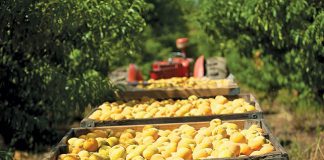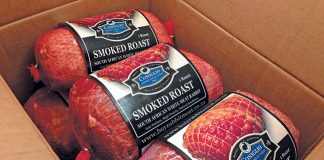Grain SA economist, Wandile Sihlobo, said that in mid-April the currency was 22% weaker than the dollar compared with the same period last year. The rand was expected to remain weak for the remainder of the year.
According to Sihlobo, fertiliser constitutes approximately 35% of a farmer’s total variable maize input costs. The local maize sector imports more than 70% of its annual fertiliser requirement.
South Africa is also a net importer of fuel, and producers will have to set aside 11% of their production budgets for diesel requirements.
Dr Flippie Cloete, agricultural economist at North-West University, supported Sihlobo’s projections. Theoretically, the depreciating rand, coupled with rising output prices, would partly offset the increase in production costs. However, Cloete said that this was not always the case.
“The impact of the weaker rand will be amplified by the prolonged drought, especially for dryland crop farmers in South Africa. As a result of the drought, farmers currently have the price but not yields,” he said.
The latest trade data indicated that South Africa would need to import 3,8 million tons of maize in the 2016/2017 season.
Total maize imports for 2015/2016 currently stood at 1,79 million tons. Sihlobo attributed this increase to anticipated low production on the back of the current drought.
The National Crop Estimates Committee forecasted that South Africa’s total maize production for 2016 would close at 7,1 million tons. This was 28% lower than the 2015 harvest, which was 30% lower than the 2014 harvest.












